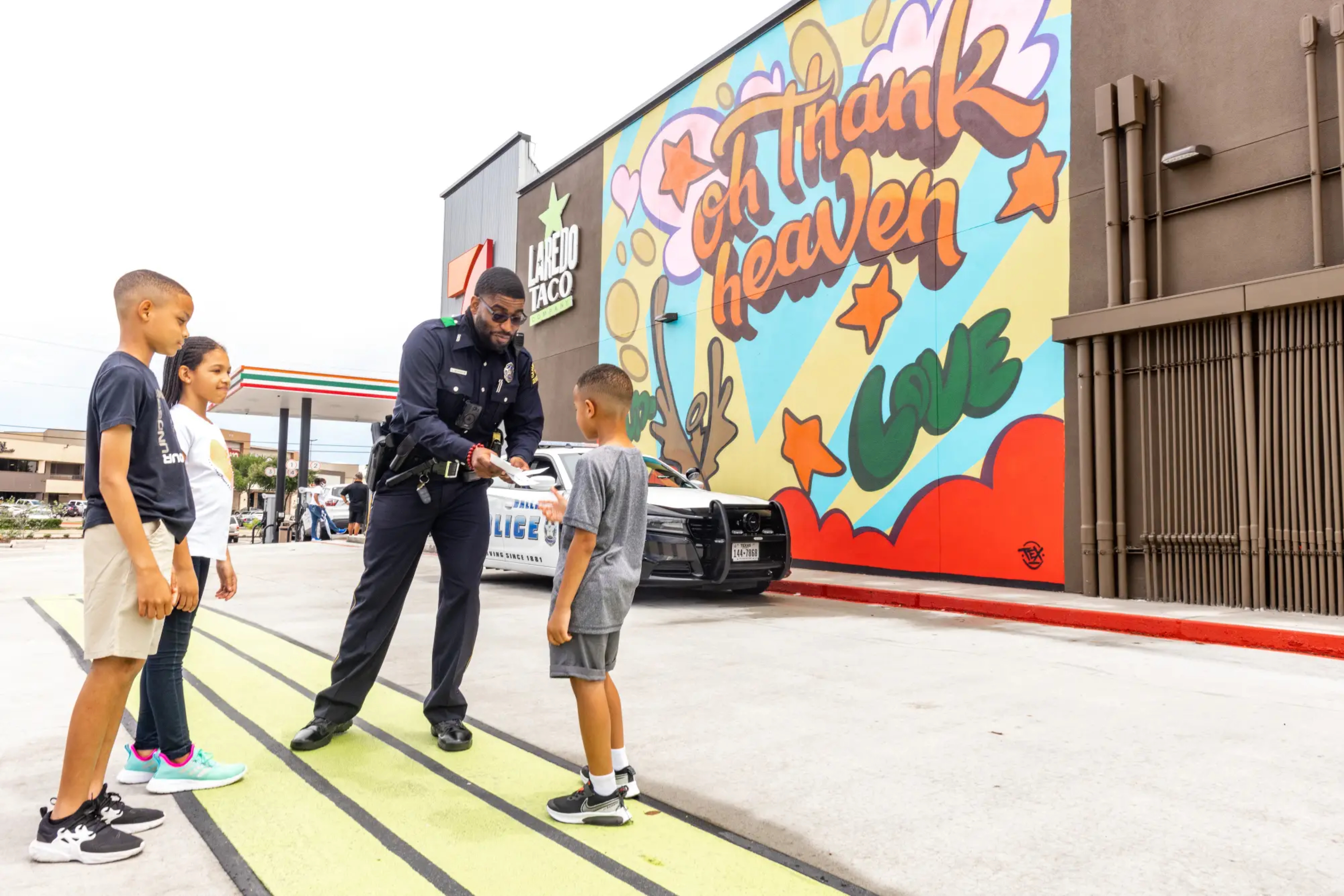JAMstack web app vs installed server website: pros and cons

Nick Bonanno

JAMstack (JavaScript, APIs, and Markup) proponents assert that when compared to conventional server-installed website applications, it offers better reliability, speed, and security.
Uptime: As JAMstack websites are provided as static files, a content delivery network can simply distribute them across a globally dispersed network of servers (CDN). Because of this, they are extremely available and resistant to server failures.
Speed: JAMstack webpages load quickly since no server-side processing or database queries are performed before they are provided directly from the CDN. Moreover, the absence of server-side processing minimizes latency and enhances the user experience.
Security: Because JAMstack websites don't use server-side programming, there are fewer possible attack points that criminals could use. Furthermore, because no server-side code is active, there is less chance that obsolete software or incorrectly configured servers may introduce security flaws.
On the other hand, some users also favor server-installed website apps for the following reasons:
Flexibility: Applications that are deployed on the server are more adaptable and can manage complicated dynamic content and interactions. They may also be easily altered and scaled to match shifting needs.
Ease of use: Because of the abundance of current software and tooling accessible, server-installed applications may be simpler to work with for individuals who are accustomed to server-side programming.
HOWEVER, in most circumstances, you are sacrificing speed and security for the convenience of use.
Integration: Applications installed on a server can easily communicate with other programs and platforms, including content management systems and databases. This makes managing and updating content and data on a website simpler.
Nevertheless, you are substituting plugin support and upkeep for plug-and-play connectivity.
As a result, the decision between JAMstack and a server-installed internet application frequently depends on the particular requirements and limitations of a project. The best strategy to use will depend on the specific requirements of the website or application being constructed, as each has advantages and disadvantages.

Nick Bonanno
Founder, CEO & Senior AdvisorNick started his 17+ year career in digital media, advertising and technology as a freelancer, developing small brochure websites, and implementing basic SEO strategies, mostly for friends that were starting companies. Fast forward to today, Nick is highly regarded as a leader in his space, having worked on both strategic initiatives as well as execution for brands such as ExxonMobil, Yum! Brands, Kentucky Fried Chicken, 7Eleven, and many more global brands. His passion lies in aligning strategy with organizational goals and interpreting the voice and vision of the client's brand through enhanced customer insight and data management.
When he isn't working on a fun new project, Nick keeps busy with his wife and two boys. He coaches his youngest son's soccer team, and volunteers for Operation Bliss and the Greater Dallas Veterans Foundation.
CONTRIBUTORS ARE WELCOME
Other recommended thoughts

Navigating the Next Wave of Digital Innovation: Headless, JAMstack, AI, and AR/VR in B2B

Let's Table That for January: Rethinking Project Delays in Web Development




